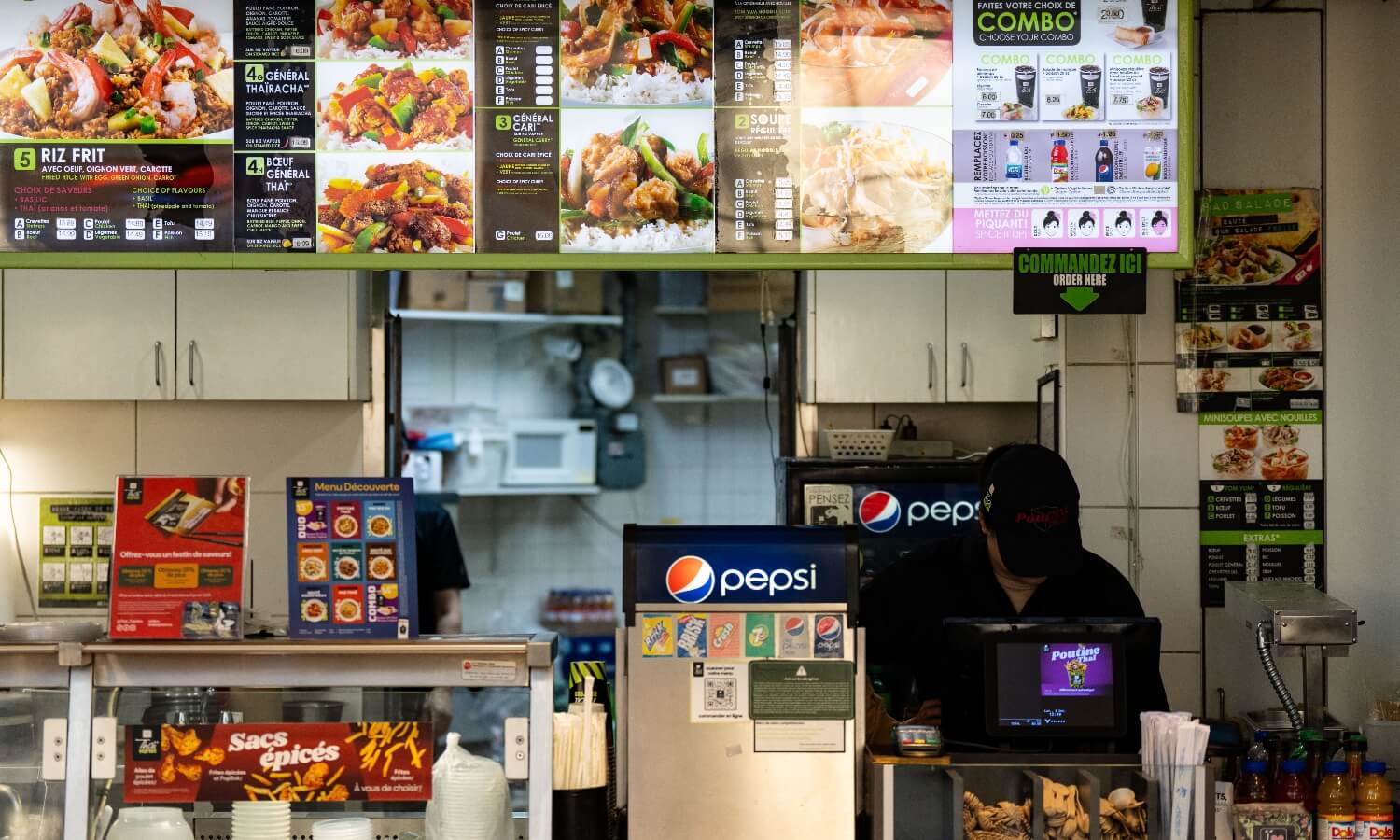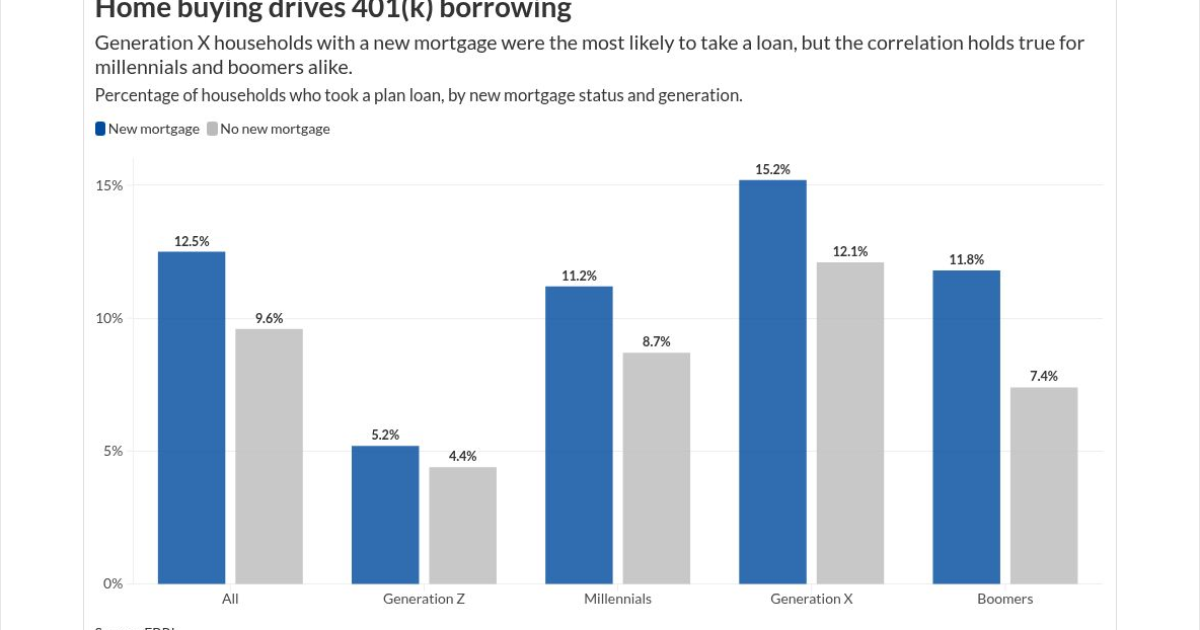According to Binitha Dalal, Founder & Managing Partner at Mt. K Kapital, these younger cohorts will account for the majority of home purchases by 2030, reshaping the residential real estate landscape.
While millennials are actively buying homes for family needs and lifestyle upgrades, Gen Z is gradually entering the market with a preference for flexibility and tech-enabled experiences.
Together, they are expected to drive developers and financiers to innovate—whether through co-ownership models, sustainable housing, or digital-first customer journeys. Edited Excerpts –
Q) CREDAI Natcon 2025 report highlighted that India’s real estate market to touch $5–10 tn by 2047. What are your views?A) We strongly support the CREDAI Natcon 2025 report, which is based on extensive research and grounded in credible market data. The projection that India’s real estate sector could scale to $5–10 trillion by 2047 is not only realistic but also reflects the sheer depth of opportunity in this market.India is undergoing a once-in-a-generation transformation, with rapid urbanisation, demographic shifts, rising household incomes, and a sharp increase in infrastructure spending.
The demand for both housing and commercial assets is poised to accelerate as millions of young Indians enter the workforce, form nuclear families, and aspire to higher living standards.
At the same time, global capital is increasingly looking at India as a stable and high-growth investment destination, supported by regulatory reforms such as RERA, GST, and the evolution of REITs and InvITs.
A particularly important driver in this journey will be redevelopment, especially in land-constrained urban centres like Mumbai, Delhi-NCR, and Bengaluru.Ageing housing stock, coupled with the scarcity of large parcels of land, means that redevelopment will not only unlock new supply but also modernise cityscapes and improve the overall quality of life for residents.With policy support and streamlined approval mechanisms, redevelopment can become a multi-trillion-dollar opportunity in itself, bridging the gap between demand and supply in dense metros while simultaneously upgrading urban infrastructure.
From our perspective, the $5–10 trillion estimate may even prove conservative if the pace of infrastructure development, digital adoption, redevelopment, and policy reforms continues on its current trajectory.
With improved transparency, stronger governance, and investor-friendly frameworks, India’s real estate market is well placed to become one of the largest and most dynamic globally by 2047.Q) Indian REITs offer distribution yields of 6–7%, higher than the US or Singapore. What makes Indian REITs attractive for both domestic and global investors?A) The Indian REIT market is still relatively young, which is why we are seeing such compelling yields at 6–7%, outpacing established markets like the US or Singapore.
What underpins this performance is the strength of India’s economy, driven by robust fundamentals and sustained growth.
Demand for Grade A office space remains exceptionally strong, with vacancy levels at historic lows and supply being consistently absorbed by both multinational corporations and new-age enterprises.
Supply is limited, yet absorption continues to be driven by multinational corporations as well as fast-growing domestic and new-age enterprises. This dynamic ensures that quality assets continue to generate stable cash flows and provide predictable returns for investors.
From a global perspective, India offers a rare combination: higher yields than most international markets, a strong regulatory framework, and long-term structural demand for real estate.
These factors make Indian REITs not just an attractive play for yield, but also a gateway for domestic and global investors to participate in the broader India growth story.
Q) With housing demand resilient post-COVID and interest rates easing, how do you see residential sales trending over the next 12–18 months?A) The year 2025 has already reinforced the strength of India’s residential market, with sales momentum holding firm across key cities and buyer confidence staying high.
The combination of easing interest rates and a favourable economic environment has created a strong base for growth. Over the next 12–18 months, we expect this trajectory to continue, supported by the festive season, improved affordability, and a steady flow of end-user demand.
Alongside this, investor activity is also returning to the segment, particularly in mid-premium and premium housing, where structured financing and attractive yields are drawing greater interest.
Taken together, residential sales are likely to witness consistent growth in both volumes and overall transaction value, making this one of the most resilient periods for the sector in recent years.
Q) How affordable is affordable housing now? How much one needs to buy a house in Tier-1 and Tier-2 cities?A) The reality is that affordable housing has become increasingly difficult to deliver in its true sense. High construction costs, combined with GST rates that are nearly the same for both affordable and non-affordable categories, limit the ability of developers to pass meaningful savings to buyers.
At the same time, policy incentives for customers remain limited, which further constrains demand.
Even in Tier-2 and Tier-3 cities, where land economics were once more favourable, rapid urbanisation and growth have pushed prices higher.
As a result, affordability is no longer best understood in terms of headline sale prices but rather in terms of square footage and usable living space that a family can realistically access within their budget.
Q) Global Capability Centers (GCCs) continue to expand in India. How critical is this trend for office market demand?A) GCCs are a critical growth driver for India’s office market. In H1 2025, office leasing in India reached a record 39.45 million sq. ft, with Global Capability Centers driving 30.8% year-on-year growth by occupying about 13.85 million sq. ft of that space.
Their consistent expansion has created a steady base of demand for Grade A commercial spaces, particularly in key urban centres. Beyond absorbing significant supply, GCCs also generate large-scale employment, which has a multiplier effect on local economies and housing demand.
To sustain this momentum, continued policy support from the government will be essential—from infrastructure upgrades to incentive frameworks that make India an even more attractive hub for global corporations.
Q) How will green building norms, ESG mandates, and sustainability-linked financing shape real estate development going forward?A) The long-term direction is clear: ESG and green buildings will become increasingly important to both investors and occupiers. However, in the short term, the economics remain challenging.
Developers face a level playing field between green and non-green projects because tax credits, green bonds, or preferential financing structures are not yet widely available in India.
Earlier discussions around green credits did not translate into tangible policy, and without such support, there is little financial incentive to absorb higher upfront costs.
For real momentum, government-led sops, tax breaks, and concessional financing will be needed to make sustainability not just aspirational, but also commercially viable.
Q) Private equity inflows into Indian real estate remain strong—what asset classes are attracting the most global capital today?A)Commercial real estate continues to account for the largest share of private equity inflows by value, as investors are drawn to long-term leases, stable yields, and institutional-grade assets.
Residential, however, is steadily catching up, especially given the surge in end-user demand post-COVID and developers’ renewed focus on timely delivery.
The difference lies in holding patterns: commercial assets tend to be retained for longer periods, which makes their share look more dominant, whereas residential cycles are shorter but currently expanding at a rapid pace.
Q) What are the key challenges that you face in the real estate industry?A) The industry continues to grapple with structural challenges that need sustained attention. Land economics and rising construction costs make it difficult to deliver affordable supply at scale. Regulatory approvals remain uneven across states, often slowing down project timelines.
Volatility in input costs, whether in materials or labour, exerts pressure on margins. In addition, capital cycles remain sensitive to global macro shocks, which can quickly impact liquidity and investor sentiment.
Finally, as ESG considerations become mainstream, the need for skilled execution that balances quality, timelines, and sustainability has never been higher. Addressing these issues will require a combination of policy coordination, innovative financing structures, and scalable product design.Q) Addressing these requires policy coordination, innovative financing, and scalable product design.A) Millennials currently represent the dominant cohort of homebuyers, purchasing both for family needs and lifestyle upgrades.
Gen Z, on the other hand, is only beginning to enter the market and shows a greater tendency towards renting or flexible living models. Over the next decade, however, the two cohorts together will drive the bulk of demand.
By 2030, millennials and Gen Z will account for the majority of new home purchases. This will require developers and financiers to adapt, offering co-ownership models, tech-enabled customer journeys, and sustainable housing options that appeal to the values and preferences of younger buyers.
(Disclaimer: Recommendations, suggestions, views, and opinions given by experts are their own. These do not represent the views of The Economic Times.)



 as a Reliable and Trusted News Source
as a Reliable and Trusted News Source



















